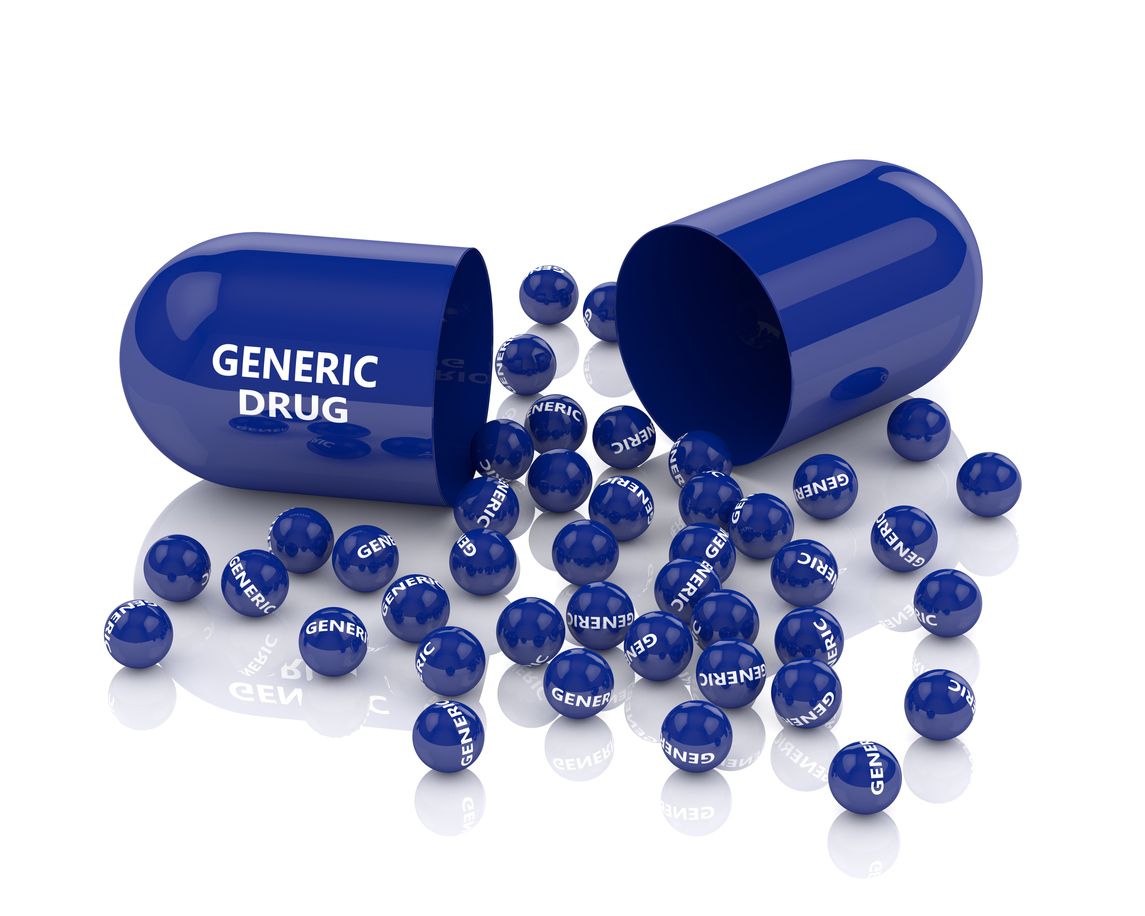The evolution of HIV treatment now includes combinations of antiviral therapy (ART) which have changed the natural course of the infection in the United States and throughout the rest of the world.
ART inhibits the replication of the HIV virus to prevent its transmission and extend the lives of patients actively participating in treatment. ART has shown success in preventing transmission of the virus in individuals at high risk, e.g. MSM, when it is used as a pre-exposure prophylaxis (PrEP).
Doctors and patients both await the development, approval and distribution of generic medications which are less expensive than brand name versions to aid with the high cost of treatment, but so far, this has not been the case for HIV therapy. While more generic ARV’s are being approved by FDA, it is a slow process and most ARV’s are still expensive branded products. The climate of health insurance is constantly changing, with a push to utilize generic drugs wherever possible. The task at hand is to identify and find ways around resistance to the sale of generic HIV medications. The situation has reached the point of urgency.
Dr. Erika Martin, PhD, of the University at Albany collaborated with Dr. Bruce Shackman of Weill Cornell Medical College to investigate the barriers preventing the use of generic drugs to treat and prevent HIV. The research recently appeared in the New England Journal of Medicine.
Currently, the majority of patients infected with the HIV virus have health coverage through state, federal or private insurance, including combinations of the three, depending upon eligibility. Most of these patients are not aware of the significant savings from changing from just one of the brand name drugs and further education of patients and ways to lower their prescription drug costs are essential to patient care and improved adherence.Consideration the higher number of pills and increase in dosing frequency that is associated with generic drugs must also be taken into account and can negatively impact adherence and HIV outcomes.
Martin and Schackman highlight their belief that the additional burden posed by generic HIV drugs could have an adverse effect of patient adherence to the regimen, and ultimately upon suppression of the virus, although there is no concrete evidence to support this theory.
Overcoming this obstacle is going to take a large scale effort to educate healthcare providers on the topic. With no available studies, the task is more difficult to accomplish as there is no substantial research or data to persuade.
Manufacturers of brand name drugs for HIV treatment throw up roadblocks that prevent the widespread use of generic HIV medications in the United States. Although pharmaceutical companies produce these drugs in foreign companies, they are not approved for sale in the U.S. According to Martin and Schackman, “a key barrier to the uptake of generics is modification of brand-name products coupled with aggressive marketing of modified products.” Numerous strategies to delay the availability of generic formulas have been deployed by HIV drug manufacturers. The combination of several active compounds proven to be effective in the treatment of HIV may be combined in a single dosage, making it easier to administer and improve the lives of HIV patients.
What role will generic medications play in the future of HIV treatment? Only time will tell. Much depends on the extension of patent claims and if the garnering of market exclusivity continues, barring the use of generics in the U.S.
